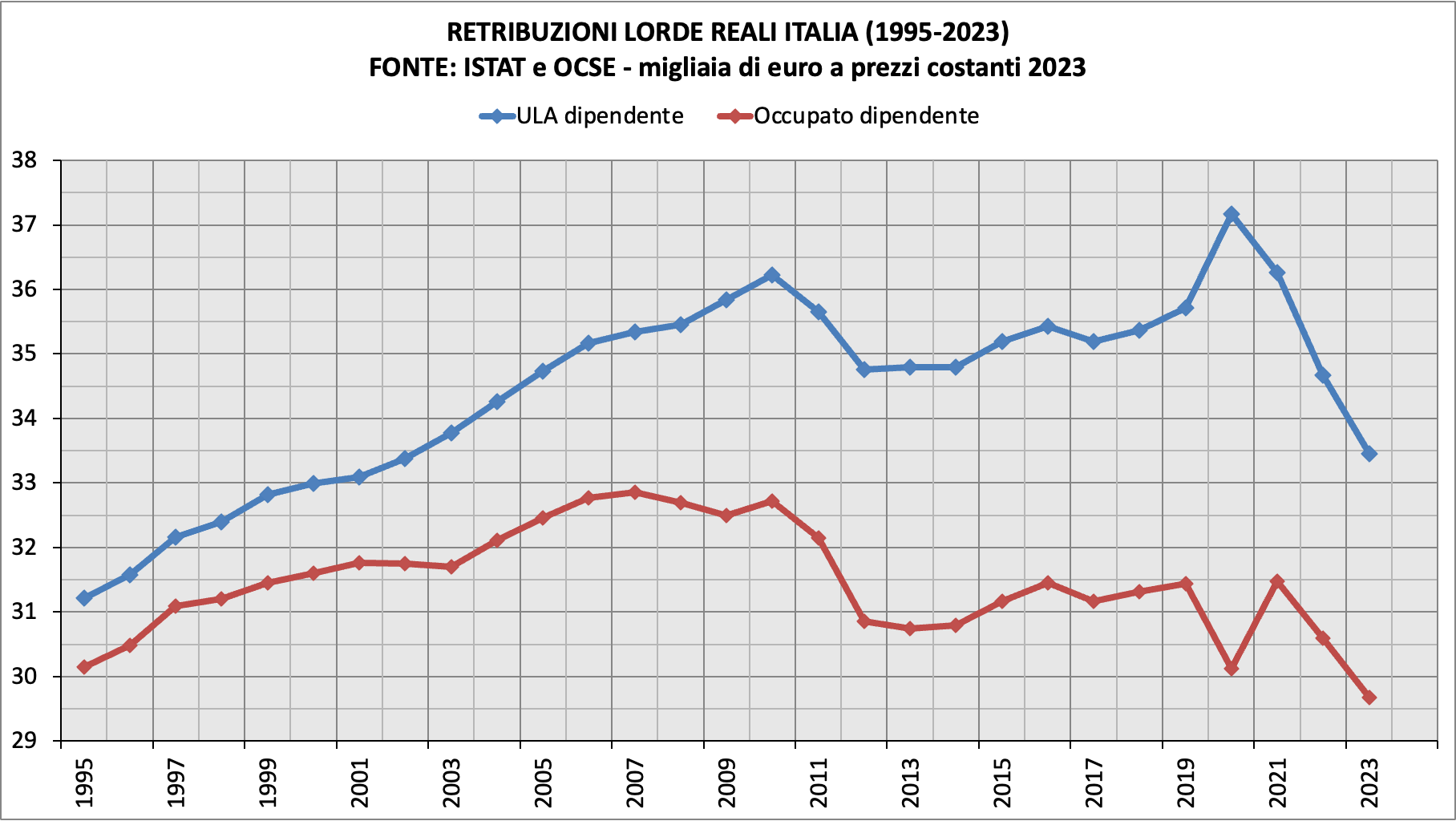Economy and business
Middle classes: protected in Communist China, destroyed in Democratic Italy

commentary published Sunday by a state-owned newspaper.
The country is currently trying to increase domestic consumption, and the SCMP article states that the purchasing power of this group, along with urbanization and technological innovation, will be the main forces driving China in the future. Communist China eventually comes to tie its growth to that of a consuming and productive middle class.
The report was published as part of a series titled “How China will maintain relatively fast growth in the long run,” in an apparent attempt to boost market confidence in the world’s second-largest economy amid faltering growth.
The source takes up the article by a Chinese economist who states how China is “in what Rostow calls a stage of high mass consumption, and the Chinese market has enormous potential for development and global attractiveness.” W.W. Rostoww was an American economist, sadly almost forgotten, who, starting in traditional society, saw economic and social development coming to the mass consumption society.
According to previous official estimates, the total middle-income population was 400 million in 2019, but the article does not provide a source for the 500 million figure, and there is no official definition of this social group.
Authorities are counting on the spending capacity of China’s 1.4 billion people to drive economic growth after the housing market crisis and falling external demand. Last month, Vice Minister of Commerce Sheng Qiuping said the government would announce a series of measures to boost consumption by encouraging consumers to renovate their homes and upgrade home appliances, furniture, and cars. So China’s growth comes to depend, at this point, precisely on the growth of the middle class and its incomes.
It must be said that the authorities are trying, too, to do their part to boost the economy through consumption. The most recent such incentives were presented in Shanghai over the weekend, when the authorities announced subsidies of up to 10,000 yuan ($1,389) for the purchase of new cars and 1,000 yuan for home appliances. Consumption was the main driver of growth in 2023, accounting for 82 percent of the increase in gross domestic product last year. Meanwhile, the country’s per capita disposable income stood at 39,218 yuan (5,449 yuan), a real increase of 6.1 percent over 2022 after taking into account price factors, according to the National Bureau of Statistics.
In Italy, the middle class is dying out
If China is banking on consumption and the middle class to boost the economy, in Italy, part of the austere Uonion and ruled by a welfare-insensitive ruling class, we are taking the opposite direction and pushing the middle class to extinction. As Canalesovranista‘s graph with elaboration of ISTAT and OECD data points out, real wages for employees

Gross real retributions in Italy. in thousands of euros, calculated based on 2023 prices. In Red per worker, in blue per Unit of Output
We are back to 1995, indeed below, as real wages of employees, and we are back to 2002 as real enumeration per unit of work. A real disaster that comes to undermine Italy’s chances for growth. This explains the ever-present discontent in Italy. citizens feel a progressive, continuous impoverishment that destroys the middle class
We should be making income policies and giving people money to spend, yet Europe is deaf to these needs, rather loading society with an immensity of constraints and non-economic goals.
Communist China seeks prosperity, but the democratic EU destroys it.






